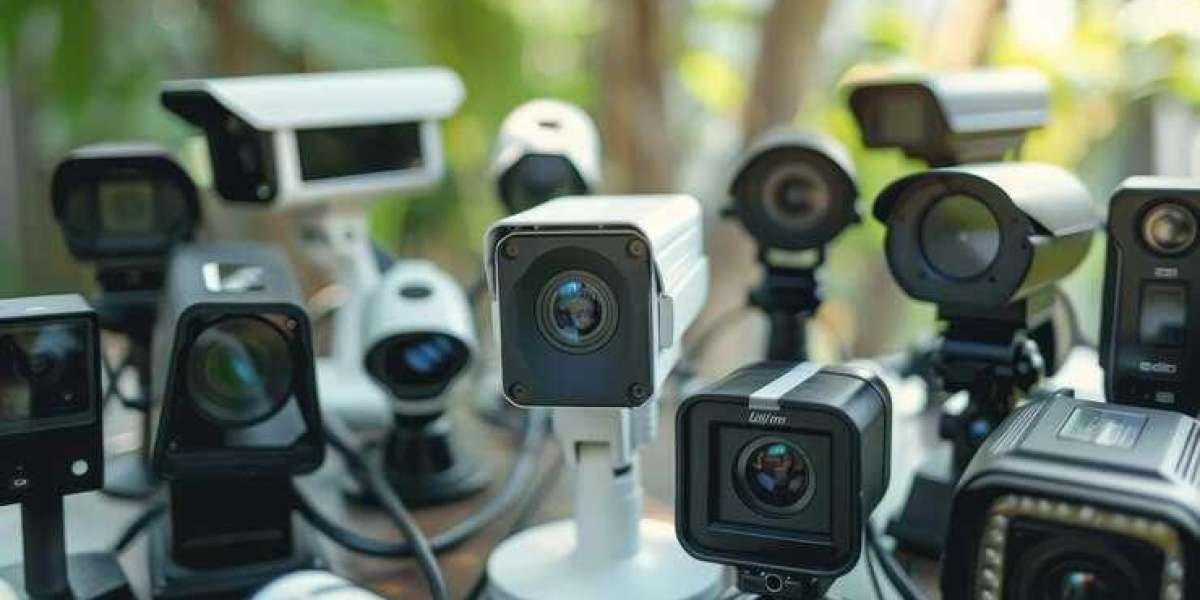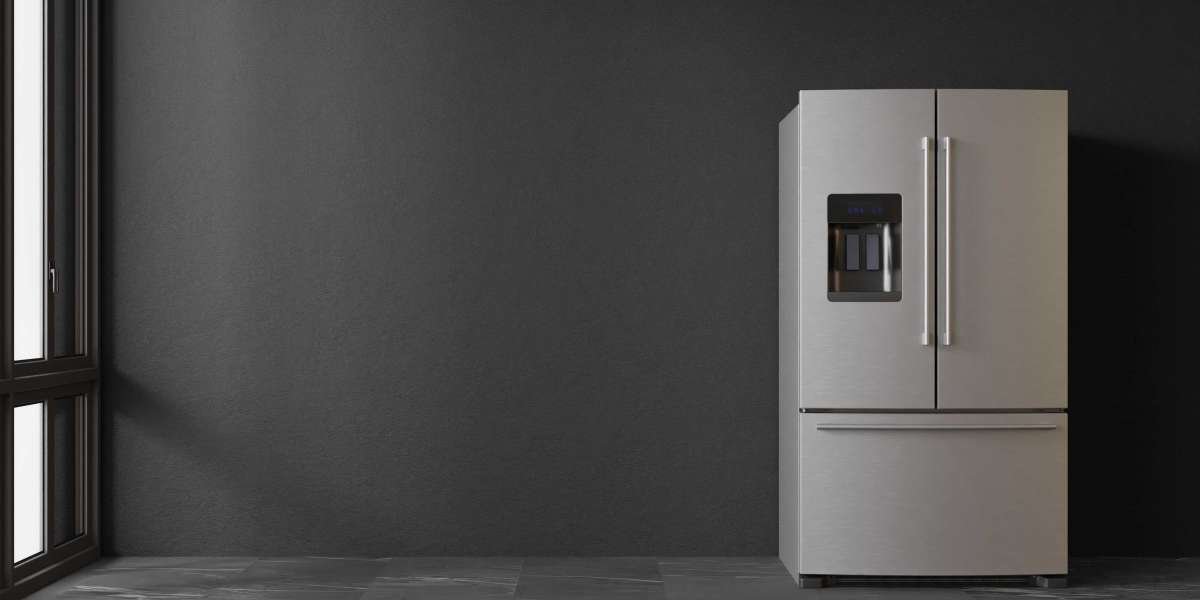Security is a top priority for any business, regardless of size or industry. Effective security measures are essential to protect assets, monitor daily operations, and ensure the safety of employees and customers. Business security camera systems are increasingly popular as a reliable, affordable way to enhance workplace security.
Why Invest in Business Security Camera Systems?
The benefits of a security camera system extend beyond theft prevention. These systems help monitor workplace activity, prevent unauthorized access, and reduce liability risks. Surveillance cameras also support operational efficiency by allowing managers to observe workflows, productivity, and even customer service quality.
Key Types of Business Security Camera Systems
1. IP (Internet Protocol) Cameras
IP cameras are digital, networked cameras that transmit footage over an internet connection. They offer high-definition video quality and can be integrated with advanced software for features like remote access and motion detection. IP cameras are ideal for businesses looking for flexibility and scalability, as they can be easily added or relocated.
2. Analog CCTV Cameras
Analog or CCTV cameras are traditional options, using coaxial cables to transmit footage to a central recording device. While analog systems may lack the high resolution and remote access of IP cameras, they are often more budget-friendly and sufficient for businesses with basic surveillance needs.
3. Wireless Cameras
Wireless cameras connect to a network without cables, making installation easier and less intrusive. These cameras can be especially useful for small businesses or rented office spaces where wiring may be difficult or restricted. Wireless cameras offer versatility but may require a strong, stable network for consistent performance.
4. PTZ (Pan-Tilt-Zoom) Cameras
PTZ cameras provide flexibility by allowing users to remotely control the camera’s direction and zoom. These cameras are excellent for covering large areas and are commonly used in retail spaces, warehouses, or any setting that requires broad surveillance coverage.
5. Dome and Bullet Cameras
Dome cameras are compact, often installed on ceilings, and are less noticeable. They’re useful for indoor settings where discretion is needed. Bullet cameras are more prominent, usually installed on walls, and are designed for long-range outdoor surveillance. Both options are durable and highly adaptable for different business environments.
Essential Features to Consider
1. High Definition (HD) and 4K Resolution
Clear footage is critical in identifying individuals, license plates, or important details. HD and 4K cameras provide sharp, high-quality images that ensure all recorded content is clear and actionable, which can be crucial for investigations and evidence collection.
2. Night Vision and Low-Light Capabilities
Most businesses need 24/7 surveillance, and effective night vision is essential for after-hours monitoring. Look for infrared (IR) cameras or low-light options that can capture clear footage even in darkness. This feature is particularly important for parking lots, warehouses, and any outdoor areas.
3. Remote Viewing and Mobile Access
Modern business security camera systems often include apps or software that allow you to monitor your premises from anywhere. Remote access offers convenience and peace of mind, enabling business owners or security managers to keep an eye on things even when they’re off-site.
4. Motion Detection and Alerts
Cameras with motion detection can save storage space and reduce the time spent reviewing footage. Many systems allow users to set up alerts, notifying them when movement is detected. This is valuable for after-hours surveillance, helping businesses respond quickly to potential security threats.
5. Cloud Storage and Video Management
Cloud storage provides a secure way to store footage and access it whenever needed. Cloud-based video management solutions also allow for easy scalability, making it simple to add or remove cameras. For businesses with specific storage requirements, many systems also offer hybrid solutions combining local storage with cloud backup.
Installation and Maintenance Tips for Business Security Cameras
1. Optimal Camera Placement
Camera placement is essential for maximizing coverage. Ensure that entrances, exits, and any areas where valuable assets are stored are covered. In high-traffic areas, multiple cameras may be necessary to minimize blind spots. For outdoor cameras, ensure they are weather-resistant and positioned to withstand natural elements.
2. Network and Power Supply Stability
For IP and wireless cameras, reliable network connectivity is key to consistent performance. Ensure that your internet connection can support the number of cameras you have installed. Additionally, consider using power-over-ethernet (PoE) connections for IP cameras, which can reduce wiring complexity and enhance reliability.
3. Regular Maintenance and Software Updates
Routine maintenance and software updates are crucial for keeping the system running smoothly. Regularly check for firmware updates from the manufacturer to enhance system performance and security. Clean lenses periodically and test night vision capabilities to ensure continuous functionality.
Security Compliance and Privacy Considerations
Business security camera systems should comply with privacy laws and regulations. Be transparent with employees and visitors about the use of surveillance cameras, and consider placing signage to inform individuals that they are being recorded. Following privacy best practices can build trust and ensure compliance with relevant regulations, such as the General Data Protection Regulation (GDPR) or state-specific laws in the U.S.
Choosing the Right Business Security Camera System
When selecting a security camera system for your business, consider your specific security needs, the physical environment, and your budget. Here are a few questions to guide your decision:
- What areas require surveillance? Map out your coverage needs to ensure there are no blind spots.
- What is the lighting condition? Ensure the cameras you choose have sufficient low-light or night vision capabilities if needed.
- Do you need remote access? If you need to monitor your business remotely, choose a system with a reliable app or software.
- What is your budget? Higher-end cameras with features like 4K resolution or PTZ functionality may require a larger investment, but they offer added functionality and security.
Integrating Security Cameras with Other Business Security Solutions
Security cameras are often most effective when integrated with other security measures, such as alarm systems, access control, and visitor management systems. For example, pairing cameras with access control can help verify the identity of anyone entering the premises. Similarly, integrating cameras with an alarm system ensures that any triggered alarm can be quickly verified, reducing false alarms and allowing for a faster response.
How Backstreet Surveillance Can Support Your Business Security Needs
Selecting the right business security camera system can be a complex decision, but with a reputable provider like Backstreet Surveillance, businesses can receive expert guidance in choosing, installing, and maintaining the ideal solution. With a range of options and knowledgeable support, companies can feel confident that their surveillance needs are met, from the initial setup to ongoing technical support.
Conclusion
Implementing a business security camera system offers numerous advantages, from protecting assets to enhancing operational oversight. The right system, tailored to your specific requirements, can make all the difference in maintaining a safe and efficient workplace. By choosing a setup that includes essential features like HD resolution, night vision, and remote access, and by following best practices for installation and maintenance, businesses can ensure that they are well-prepared to handle any security challenges.








